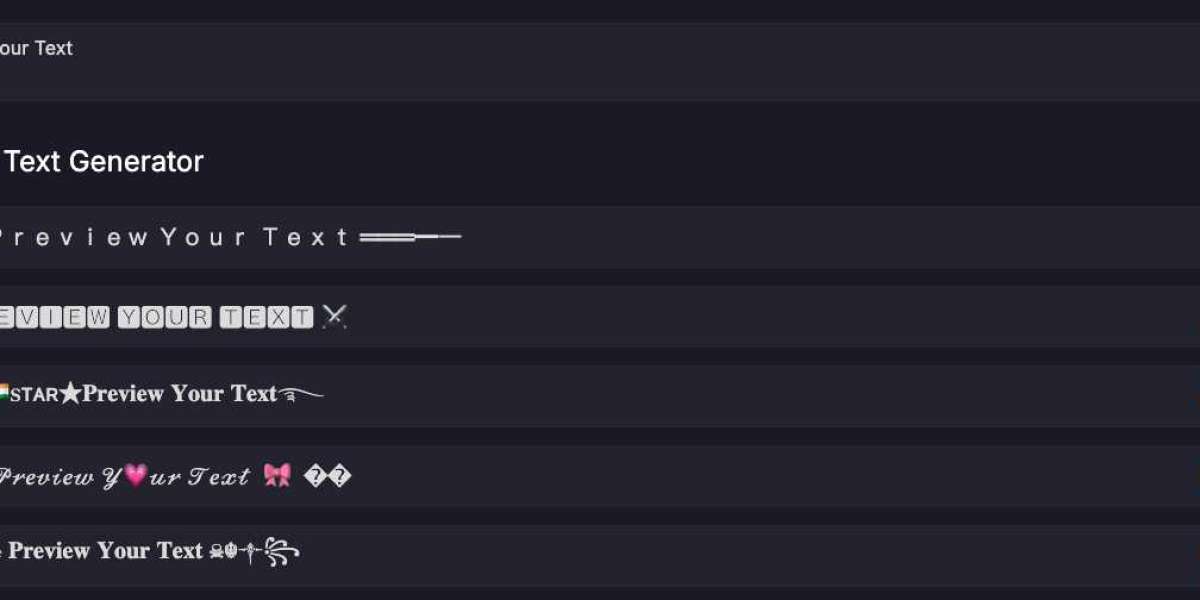MBBS in Iran has become an increasingly attractive option for Indian students looking to pursue a medical degree abroad. With a strong academic reputation, affordable tuition fees, English-medium programs, and high-quality clinical exposure, Iran stands out as a unique destination for aspiring doctors. The 2025 academic year brings even more opportunities for Indian students, as Iranian medical universities continue to align their programs with global standards and National Medical Commission (NMC) guidelines.
Why Choose Iran for MBBS?
Iran offers a comprehensive and globally recognized medical education that has evolved over the decades. Unlike many countries that rely heavily on theoretical training, Iranian universities emphasize a balance between theory and hands-on practice from the early years. This approach is especially beneficial for students preparing for medical licensing exams such as India’s Foreign Medical Graduate Examination (FMGE) or the upcoming NExT exam.
In addition, Iran’s cultural and historical ties with India make it a familiar and welcoming environment for Indian students. The cost of living is also relatively low, especially when compared to destinations like the USA, UK, or Australia. Most importantly, several top medical universities in Iran are recognized by the World Directory of Medical Schools (WDOMS), ECFMG, and are NMC-compliant, allowing graduates to practice in India after clearing the licensing exam.
Academic Structure and Curriculum
The MBBS program in Iran generally spans 6 years, which includes 5 years of academic study followed by 1 year of compulsory clinical internship. The curriculum is modeled on international standards and offers an in-depth understanding of pre-clinical, para-clinical, and clinical subjects.
Students start with foundational sciences such as anatomy, biochemistry, and physiology in the first two years. From the third year onward, the focus shifts to clinical subjects like pathology, pharmacology, microbiology, and community medicine. The final year includes extensive hospital rotations across multiple departments like internal medicine, surgery, pediatrics, gynecology, psychiatry, and more.
Medium of instruction in top universities is English, especially in international tracks for foreign students. This ensures that Indian students do not face any language barrier in their academic journey, though learning Persian is encouraged for better patient communication during clinical training.
Top Medical Universities in Iran for Indian Students
Some of the top-ranked and NMC-approved medical universities in Iran include:
Tehran University of Medical Sciences
Shiraz University of Medical Sciences
Isfahan University of Medical Sciences
Mashhad University of Medical Sciences
Guilan University of Medical Sciences
Tabriz University of Medical Sciences
These universities are known for their world-class faculty, modern hospital facilities, and global collaborations. Students also get opportunities to participate in research and international exchange programs, enhancing their academic profile.
Affordable Tuition and Living Costs
Iran is considered one of the most cost-effective destinations for medical education abroad. On average:
Tuition fees range between USD 4,000 to USD 7,000 per year, depending on the university.
Hostel and living expenses are between USD 100 to 150 per month, which is quite economical when compared to Europe or North America.
The overall cost for the entire MBBS course, including tuition and living, is approximately ₹25 to ₹35 lakhs, making it accessible for middle-income Indian families.
Admission Process for 2025
The admission process for MBBS in Iran is straightforward and student-friendly. Here’s what it generally involves:
Eligibility:
Must have completed 10+2 with Physics, Chemistry, and Biology.
A minimum of 50% aggregate marks in PCB for general category and 40% for reserved category.
NEET qualification is mandatory for Indian students as per NMC guidelines.
Application Process:
Fill out the application form for the respective university.
Submit scanned copies of academic documents, passport, NEET scorecard, and recent photographs.
Receive the Offer Letter upon successful evaluation.
Apply for the student visa through the Iranian embassy.
Intake:
Most universities have one major intake: September–October 2025.
Some universities may also offer a February intake, depending on seat availability.
Clinical Training and Internship
One of the strongest features of Iranian medical education is its clinical training infrastructure. Students are placed in government hospitals and specialty clinics that are directly affiliated with the universities. They get real-time exposure to a wide range of cases in cardiology, neurology, surgery, emergency medicine, and more.
The 1-year internship is full-time and mandatory, and is carried out under close supervision. This clinical year is crucial for fulfilling the NMC's requirements for internship completion and for being eligible to take the licensing exams in India.
FMGE/NExT and Practice in India
Iranian MBBS degrees are recognized by NMC, provided the university is listed in the WDOMS and follows the proper course duration and internship structure. Students who complete their MBBS from Iran are eligible to appear for the FMGE (Foreign Medical Graduate Exam) or the NExT (National Exit Test), depending on the timeline of their graduation.
Over the past few years, the FMGE pass rate of Iranian medical graduates has shown promising results, especially from universities that conduct English-medium instruction and provide robust clinical exposure.
Safety, Culture, and Student Life
Iran is safe and welcoming for international students, including Indians. The country has strict security measures in place for public safety, and educational institutions offer special support services to help international students adapt to the environment.
Iranian culture emphasizes hospitality, respect, and community, which aligns closely with Indian values. Vegetarian food, Indian restaurants, and mosques are available in most major cities. University hostels are typically well-maintained and gender-segregated, with essential amenities, internet, and 24/7 security.
Conclusion
Choosing to study MBBS in Iran in 2025 could be one of the most strategic and affordable decisions for Indian students aiming for a medical career. With globally recognized universities, quality education in English, and a strong clinical foundation, Iran offers everything an aspiring doctor needs to succeed — at a fraction of the cost compared to Western countries.
Whether you are a NEET-qualified student looking for an alternative to high-capitation colleges in India or someone aiming for international exposure in medical education, Iran checks all the right boxes. Your medical journey begins here — and Iran could very well be the destination where it all comes together.









